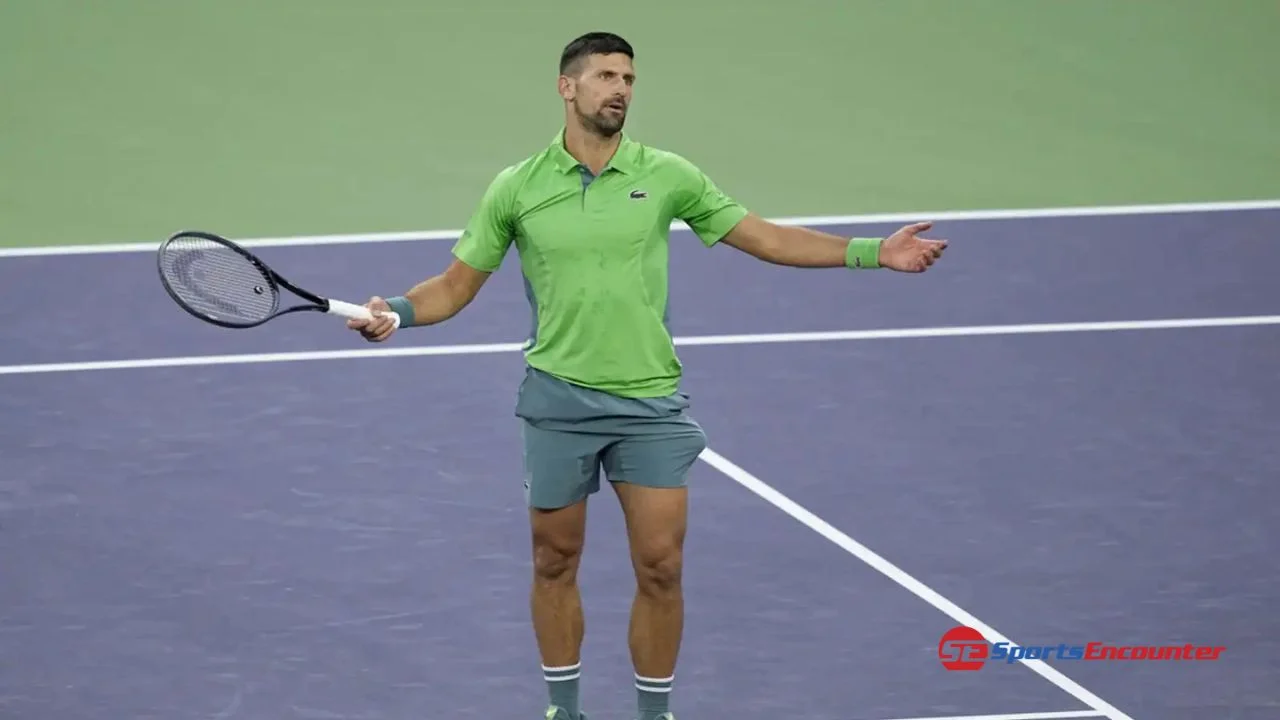The tennis world was stirred by the recent announcement that Novak Djokovic, the reigning World No. 1, has decided to withdraw from the 2024 Madrid Open. This decision marks his second withdrawal of the year and raises questions about his strategy and physical condition ahead of the clay-court season’s peak. With Djokovic’s history of success in Madrid, his absence from the tournament certainly creates a void, but also prompts an examination of the broader implications for his season and upcoming French Open preparations.
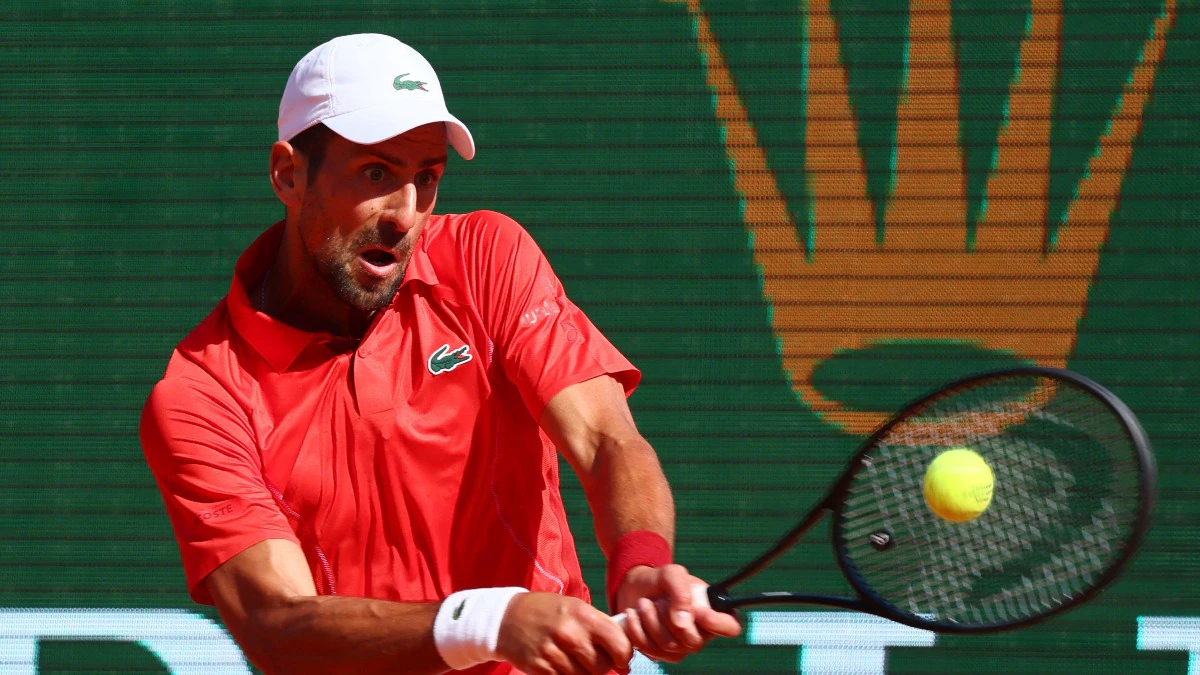
Novak Djokovic’s Decision: A Calculated Risk?
Novak Djokovic‘s approach to the 2024 tennis season seems to be one of careful calculation and prioritization. His choice to skip Madrid—a tournament he has won three times—mirrors his previous decisions in 2021 and 2023 to opt out in favor of focusing on the Rome Masters, which subsequently led to victories at the French Open. “I have already shared my excitement and optimism for TGL as a league and product. Now that we have finalized our roster with a team of world-class golfers, I am even more confident that this group will proudly represent the Jupiter area and connect with our fans for years to come,” he expressed, indicating a strategic shuffle aimed at peaking at the right moment.
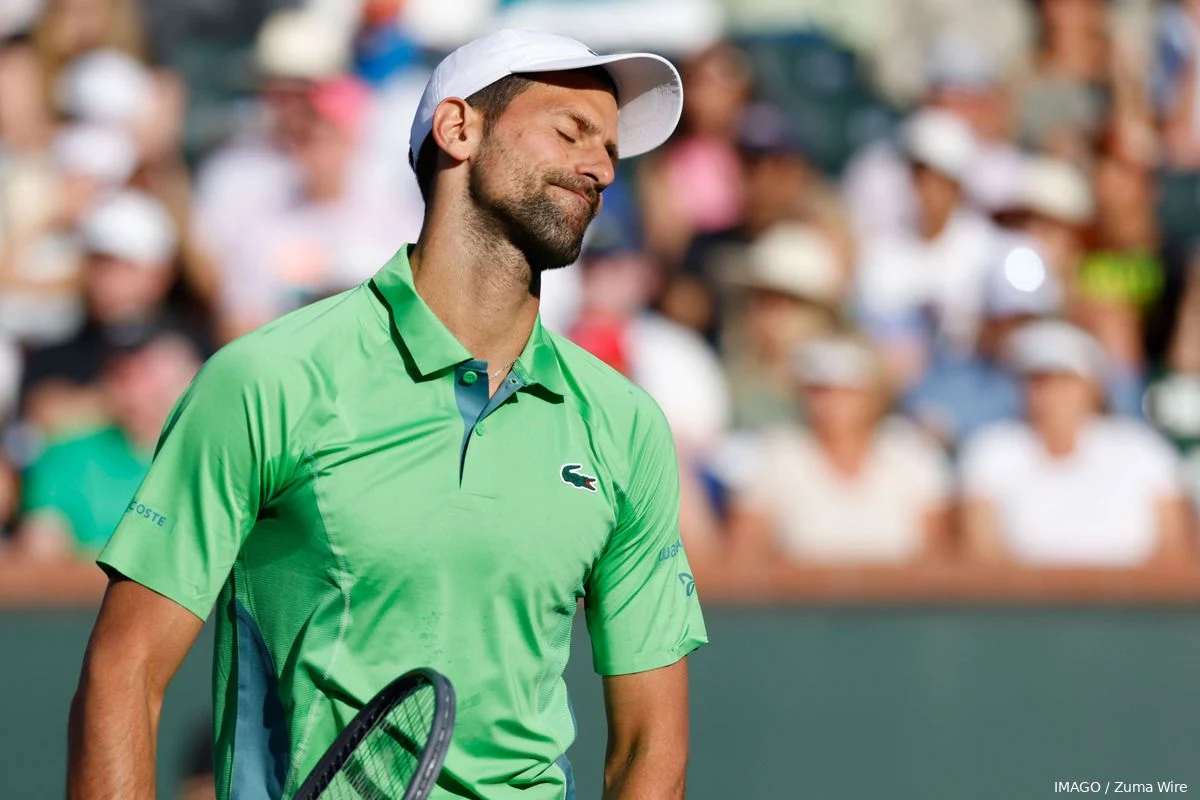
However, Novak Djokovic’s sparse tournament participation in 2024, including only the United Cup, Australian Open, Indian Wells Open, and Monte Carlo Masters, alongside a title-less run so far, adds layers of uncertainty. After his semifinal loss to Casper Ruud in Monte Carlo, Djokovic reflected, “I’m used to really high standards in terms of expectations of the results, so not having a title is, maybe comparing to the last 15 years, not a great season at all.”
Concerns Over Match Practice and Performance
The lack of match practice is an evident concern, as echoed by former World No. 1 American tennis player Andy Roddick. On his podcast, Roddick emphasized the necessity of more game time for Novak Djokovic, “He needs to play more tennis going to Roland Garros. He knows better than anyone how to manage this part of the year.” This sentiment highlights the delicate balance Djokovic is attempting to maintain between preserving his body for major tournaments and staying competitive against a rising generation of talent like Carlos Alcaraz and Jannik Sinner.
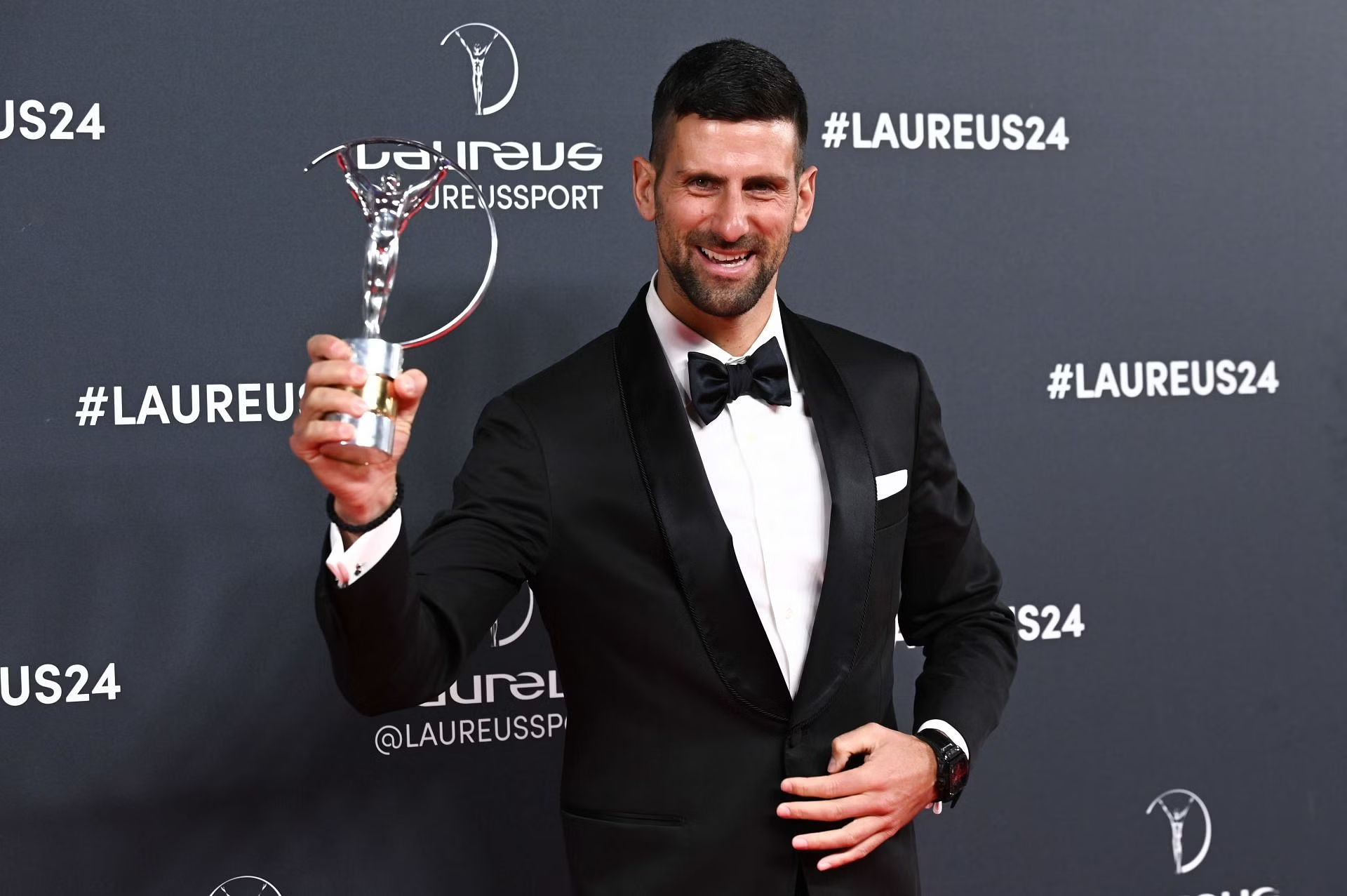
Analyzing the Impact of Novak Djokovic’s Withdrawals
The ripple effects of Novak Djokovic’s withdrawals are multifaceted. On one hand, they allow him to manage his physical readiness and focus on the Grand Slams, which are clearly his primary objective. On the other, there is the undeniable fact that every tournament skipped is a missed opportunity to test strategies, gain points, and maintain a rhythm in competitive play. With his position as World No.1 hanging in the balance, every decision Djokovic makes is magnified in its potential impact.
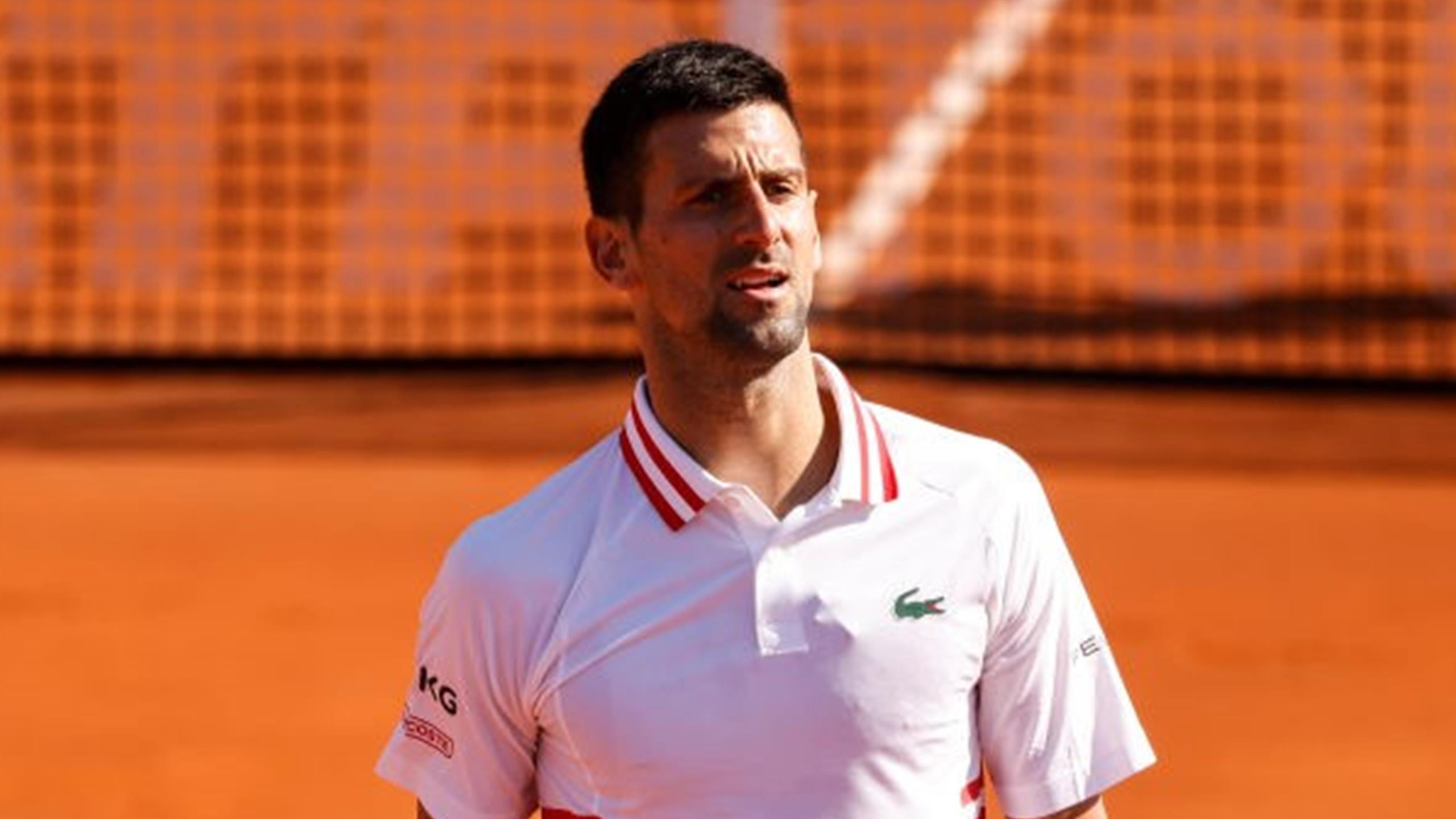
Furthermore, Novak Djokovic’s withdrawal opens up opportunities for other players. With the top seed now vacant, the likes of Jannik Sinner, who ascends to the top seed position, and others in the draw have a chance to capitalize on the absence of a dominant force like Djokovic.
Looking Ahead: The Road to Roland Garros
As the clay season progresses, all eyes will be on Novak Djokovic’s performance at the upcoming Rome Masters and ultimately at Roland Garros. His historical success following strategic withdrawals suggests a potential for triumph, but the evolving dynamics of men’s tennis continue to pose new challenges.
🇷🇸 Novak Djokovic wins the 2024 Laureus World Sportsman of the Year 🏆🐐#Laureus24 pic.twitter.com/AWyRHuj4dV
— Eurosport (@eurosport) April 22, 2024
Novak Djokovic’s strategic decisions in the 2024 season underscore a veteran athlete’s intricate dance between ambition, physical health, and the pursuit of tennis immortality. As he forgoes the Madrid Open, the tennis community will watch keenly to see if this gamble pays off in the grueling battles that lie ahead on the clay courts of Europe.

